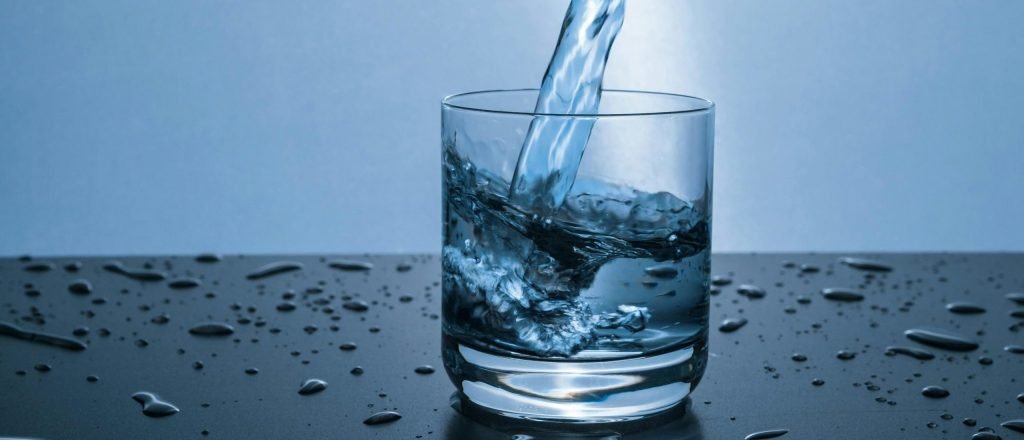Access to safe and clean water is essential for every household. However, not everyone is aware of the contaminants that can be present in their water sources. Tap water, whether from municipal sources or well water, can often contain contaminants that can affect taste and quality as well as increase the risk of disease.
Because of these potential hazards, it is important to maintain high water quality. Some consumers turn to bottled water, but it is not without risks, as bottled water can contain microplastics. As reported by National Institutes of HealthResearchers found that a liter of bottled water contains, on average, about 240,000 tiny pieces of plastic. A good water filter is the best way to ensure water safety and quality.
As reported by CDCMunicipal water can contain a variety of substances, some of which pose a risk to the health of consumers. Chlorine, used in small amounts as a disinfectant, can give water a distinct chemical taste. When chlorine interacts with organic matter in the water, the byproducts can cause even more unpleasant tastes and odors. Municipal water can also be exposed to industrial pollutants and agricultural runoff. Agricultural runoff includes fertilizers, pesticides, and animal waste from farms.
Using well water is not without risks. As reported by UNC Gillings School of Public HealthContaminants found in well water include bacteria and nitrates, which can cause short-term illness and symptoms such as stomach problems, diarrhea, and nausea. Heavy metals and radon are radioactive gases that can seep into groundwater through underground rock formations and are also found in well water.
For your home, office, or school water needs, it's important to know the quality of your local water supply. EWG tap water database provides maps of various urban water sources and contaminants found within them across the United States. For further notes, Consumer Notice.org has a comprehensive list of water tests that show you how to detect signs of water continence, and home tests of your water are available.
One of the simplest water quality control measures a consumer can take to combat possible water contaminants is to select and use a high-quality water filter. Waterdrop Filter's Reverse Osmosis (RO) is the most highly recommended filtration system. This type of system purifies drinking water at the molecular level, removing up to 99% of common impurities and contaminants, including chemicals, bacteria, metals, dirt, and other organic compounds.
Some water reverse osmosis systems come with or without a tank. Tankless RO systems allow users to enjoy clean water on demand without the need to pre-filter the water. If you are using a tank RO system, you will need to pre-filter the water. However, excessive filtration can result in drinking stale filtered water.
of Water droplet filter X series is one of the top tankless RO filtration systems on the market. In addition to the benefits of a tankless system, the Waterdrop Filter X16 features an industry-leading flow rate of 1,600 gallons per day, filling a 6-ounce cup in just 2 seconds. Waterdrop Filter's system has additional benefits, including a powerful 11-stage microfiltration process and high water savings. The system's 3:1 pure water ratio helps consumers save 1,200% of water resources.
To ensure the quality and safety of pure water, you need to stay informed and take steps to monitor and filter your water sources. Whether you use city water sources or local well water, invisible and unknown contaminants can affect taste and quality, and in some cases negatively impact the consumer's health. .
To combat common contaminants, employing a water droplet filter reverse osmosis system is one of the most effective and accessible solutions. Take advantage of the quality offered by the Waterdrop Filter filter system with the X16 model. Water droplet filter official website And even more Amazon.
The Daily Caller's editorial and news staff were not involved in the creation of this content.







